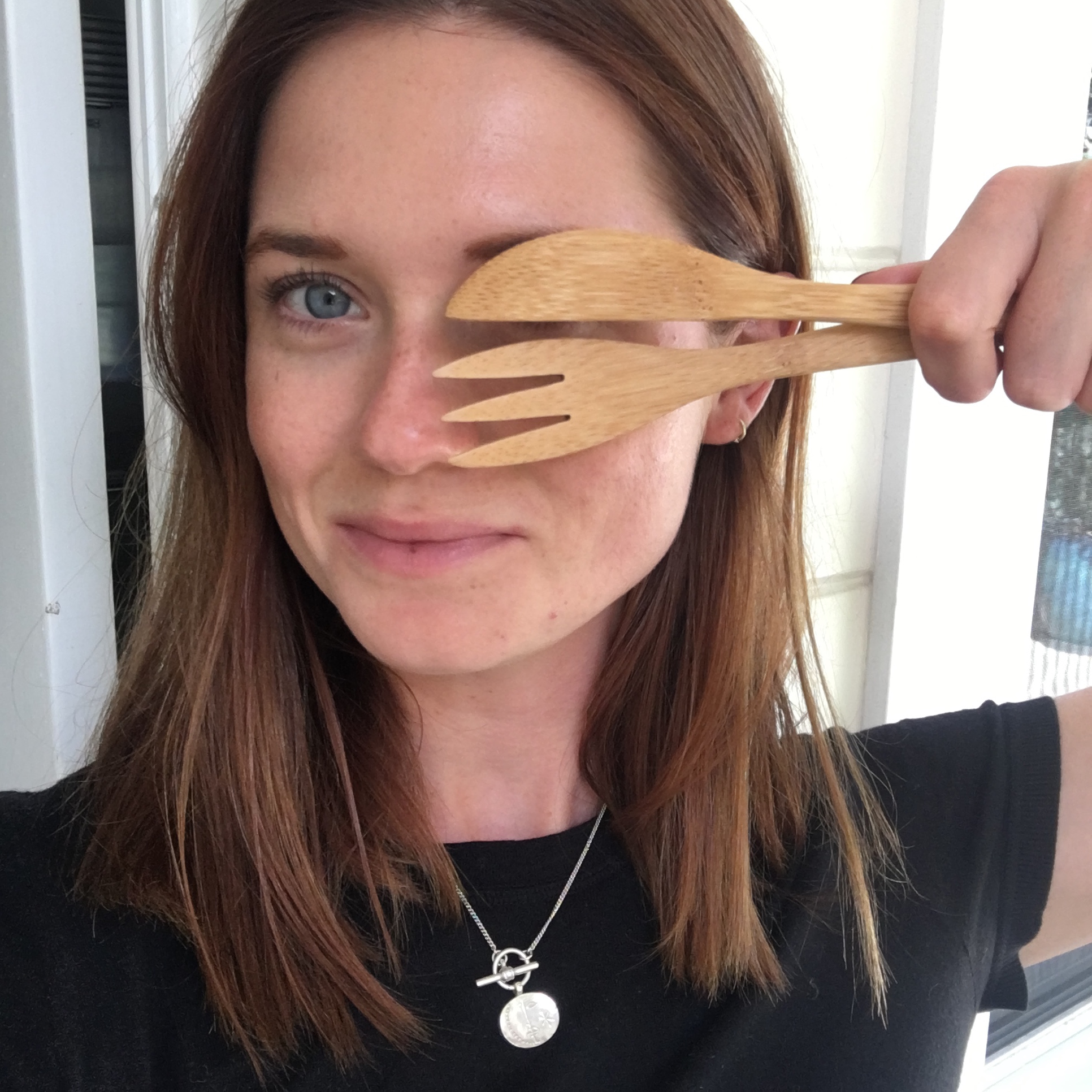There is packaging everywhere we look and we have become a society that is very comfortable with convenience; a coffee to go, a salad from Pret or pre-sliced pineapple at Tesco. We could argue that the issue is inescapable and it’s up to the big corporations to change the way they package their products. But with a truck load of single-use plastic entering our oceans every minute and China no longer accepting our recycling, when will enough be enough? When will our everyday choices start reflecting our desire to protect our home?
I have been trying to reduce my reliance on single-use plastics and packaging overall, as I believe that these seemingly small choices can significantly lower my impact on the home I want to protect. This endeavour has changed the way I look at consumption and led me to be more mindful of the full lifecycle of everything I interact with. Where did it come from, whose labour brought it into my possession and where will it go once I’m done with it?
I’ve noticed that we like to classify something as dirty as soon as we can, so that we can get rid of it and declutter our lives. By giving products this incredibly short life span we are destroying our waters, our air, our earth and in the end, our own health. The rubbish bin is sadly not a Mary Poppins bag of limitless abilities, and what we throw into it has to go somewhere. It is time we take ownership of what we decide to consume and be responsible for what happens to it after we use it. Did we even need it in the first place?
Here some suggestions on ways to reduce your use of packaging during your lunch hour.
One
Buy a reusable water bottle. This is the easiest way to reduce your use of single-use plastic bottles. There are lots of options out there and cost anywhere from £4-£20. Then, examine your place of work to see how they provide drinking water and if you can make it more sustainable. Do they offer plastic cups at the water dispenser? Use the water fountain as a place to make new friends and share why you have opted to invest in a a reusable water bottle. This bottle will be like your iPhone, you won’t walk out of the door without it.
Two
I recently bought a set of bamboo cutlery from To Go Ware that comes in a cute little pouch, it even has chopsticks. If you can’t escape buying your take away salad, at least escape the plastic cutlery. It tastes better too! This set cost me £12.
Three
Choose whole fruit and vegetables. While the pre-sliced pineapple may look desirable at Tesco’s, it has travelled a long way to get to you in the UK, and is a natural source of nutrients wrapped in BPA-leaking plastic. Choose an apple or pear or whatever is grown locally and in season.
Four
Cook twice as much as you need for dinner and take the leftovers for lunch. You already have the pots and pans out so seize this potentially rare opportunity. You could even cook four times as much and freeze it. I love this metal lunch cylinder to take it to work in.
Five
Skip snacks! While we all love a well-deserved snack when the afternoon rolls around, they are more often than not packaged in single-use packaging. Opt for less processed options like a banana.

Six
Some days we can’t carve out the time to prepare a packed lunch to take to work and have to buy something prepared. Instead of buying your lunch from a chain where most options are heavily packaged, how about a jacket potato from your local greasy spoon or a sandwich from the independent sandwich shop? Take your own tupperware and kindly ask them to package it in that. This is also a great way to support your local businesses.
Seven
I love bread and have started to buy my loaf from the local bakery. I take my own canvas bread bag and fill it with either cheese from the market wrapped in paper, or eggs in recyclable cardboard. I add loose tomatoes and lettuce from the supermarket that I bag in these reusable fruit and vegetable bags. Then you can wrap your sandwich in this great cling film alternative — beeswax wrap
Eight
Like me, you might love your fancy overpriced latte even though you know you should be saving money by making your own coffee at home. Well you can have your cake and eat it too by investing in your own reusable coffee cup. My favourite is the original Keep Cup. Once you’ve fallen in love with your cup and never leave the house without it, why not take it a step further and encourage your local cafe to introduce a 50p discount for doing so? Don’t they want to save the planet too?
Take one of these eight steps at a time and don’t get overwhelmed — one will lead to the next and expand your awareness of how much packaging you can easily avoid. We can all do our little bit and these small choices will be seen. Yes, we live in a consumer society but that makes us, as the consumer, the one with the power. By making single-use packaging uncool, the big corporations will have to use their money and resources to think of more sustainable materials to package goods.
Remember: “We are either creating the pollution or being the solution.”
If you’d like more suggestions on ways to break free from plastic, Greenpeace and many other great organisations have joined together to create the Break Free From Plastic campaign.

